
About This Quiz
What do you know about other countries? From the languages we speak to the food we eat, there is something special about every country. However, nothing speaks more about the country and its history than the traditional clothing.Â
People around the world know some traditional clothing really well; the kimono, for example, or the colorful sari we've seen countless times in Bollywood films. However, when it comes to identifying tudung, vyshyvanka, or sarafan, a lot of people have no idea what they are looking at. Is it a dress? Is it a shirt? Who knows! It might impossible to know it all, but we bet you've seen most of these costumes before!Â
Traditional dress represents the history and prestige of the country. For centuries, traditional attire has been an essential part of people's lives and culture. Even though today traditional clothing has partially lost its original meaning, people still wear them during cultural festivals, weddings, and other important events. Traditional costumes, usually inspired by the wearer's customs and history, give that feeling of beauty and respect to the person who is proud to be from this particular country.Â
Do you know what Muslim women wear? What about the traditional attire of Russian men? Take this quiz to find out!Â

In Indonesia, a country made of thousands of volcanic islands, religion plays a crucial role in everyday's life. People go to the temple regularly and wear at least two basic elements of Balinese traditional dress: a sash and a sarong-style skirt known as a kain.

Tracht (or lederhosen for men and dirndls for women) is a national clothing popular both in Austria and Germany. Depending on a region, there are lots of variations on the basic styles.

The kilt originated in the Scottish Highlands. Basically, a kilt is a piece of tartan, a fabric made up of horizontal and vertical stripes, worn around the waist. Traditionally, men don't wear anything under the kilt. However, there is no special significance or even a particularly good reason behind it.
Advertisement

The sari is probably the simplest item of clothing possible: a single length of fabric that can be up to nine meters long. At the same time, it's also one of the world's most versatile and stylish garments, which can be worn in dozens of different ways. The most beautiful versions of this traditional clothing can be seen during India Fashion Week.

One of the smaller ethnic groups in Kenya, the Massai has one of the most recognizable traditional attire that includes brilliant red cloth and extraordinarily complex beadwork. The beadwork plays the most important role and contains a lot of meaning for Massai people.

Lapland, which is Finland's northern region, is a very cold place. The extremely low temperatures inspired the local attire: the kolt (or gákti), which is a warm tunic or dress, along with belts, boots, and gloves made of reindeer fur and skin.
Advertisement
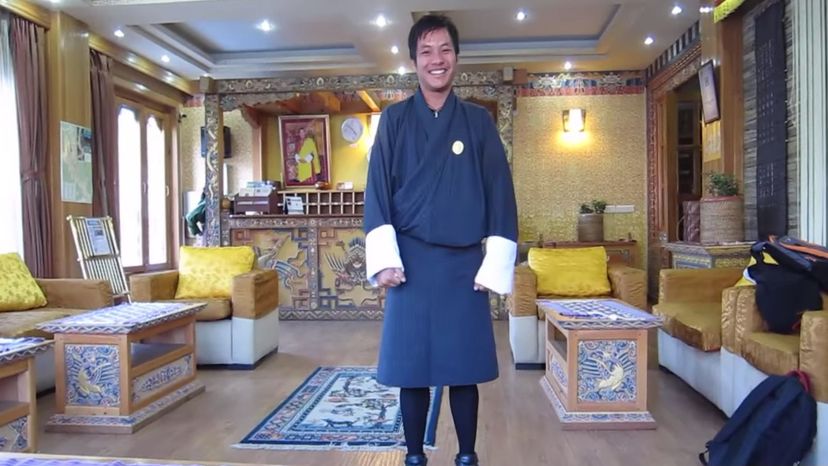
Bhutan, a small Buddhist kingdom located between China and India, is one of a few modern areas where wearing the national dress is obligatory for everyone. Gho, the traditional dress in Bhutan, was introduced in the 17th century. In a nutshell, gho is simple knee-length robe for men tied by a cloth belt (known as kera).

Each village in Sardinia, a big Italian island in the Mediterranean Sea, has its own unique traditional costume. From the cut and bright colors of the skirt to the complex embroidered designs on the waistcoat, the unique traditional costumes of Sardinia will blow your mind.
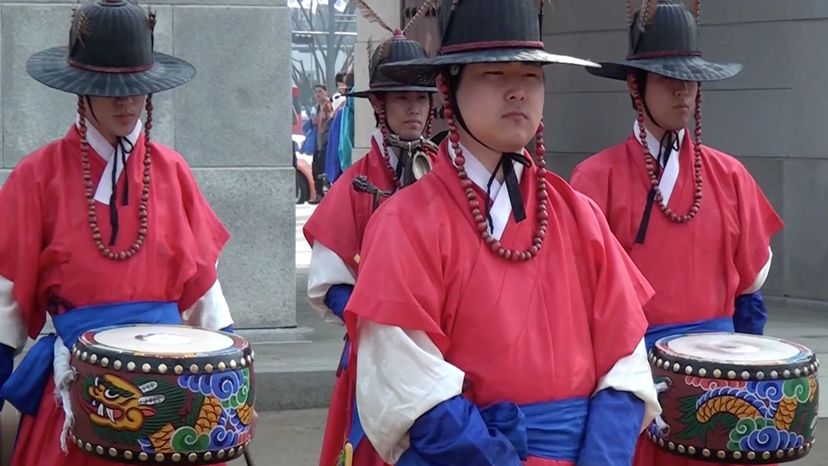
Today, Seoul is a frenetic, modern city with its pop culture taking over the world, but at the same time, they also care about their traditions. In historic places and beautiful royal palaces such as Gyeongbokgung, old traditions play a crucial role. There, the locals have revived the costumes and traditions of the Joseon dynasty's Changing of the Guard ceremony, a bright and colorful event worth seeing at least once.
Advertisement

Vietnamese Conical Hat (Non la) is a traditional symbol of Vietnamese people worn by men and women of any age and from different backgrounds. Just like other national clothes, the palm-leaf hat has its origins rooted in the history of rice growing in this country.

Men's national headdress called a ghutrah, is worn in Saudi Arabia to keep away the heat from the scorching desert sun. It also has an interesting history behind it: not everyone knows it, but red and white-checkered ghutrah had its roots in far-away London. It arrived in Saudi Arabia only a few decades ago!

Tracht used to be a national costume of the working peasantry in German-speaking countries of the 18th Century. The word itself is also associated with Austrian and Bavarian costumes.
Advertisement

For many of us, bowler hats sound like something from the United Kingdom but, in fact, it's in the markets of La Paz in Bolivia where you'll see those hats the most. Aymara women, also known as cholas, wear hats that bear a striking resemblance to the classic bowler as part of their traditional outfits since the beginning of the 20th century.
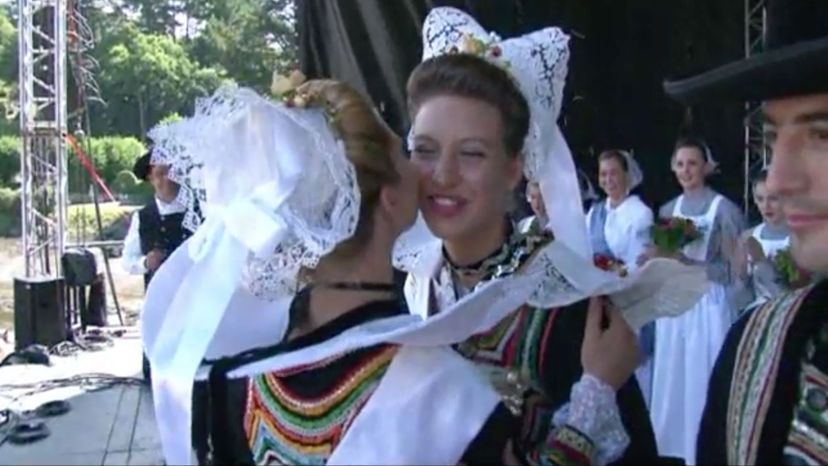
A coiffe, a traditional lace headdress, was a part of the folk costumes of Brittany during the 19th and 20th centuries. It still can be seen during some local festivals.

Despite its name, 10-gallon cowboy hats only hold 3-quarts of water. Why is it called a 10-gallon hat then? Well, the most popular theory is that Mexicans used to call cowboy's hats "tan galánâ€, which means "so gallant" in Spanish.
Advertisement

The traje de flamenca was originated in Andalusia, a region in southern Spain where gypsies (also known as flamencos) lived. There, Andalusian women accompanied livestock traders to livestock fairs wearing bright red dresses.
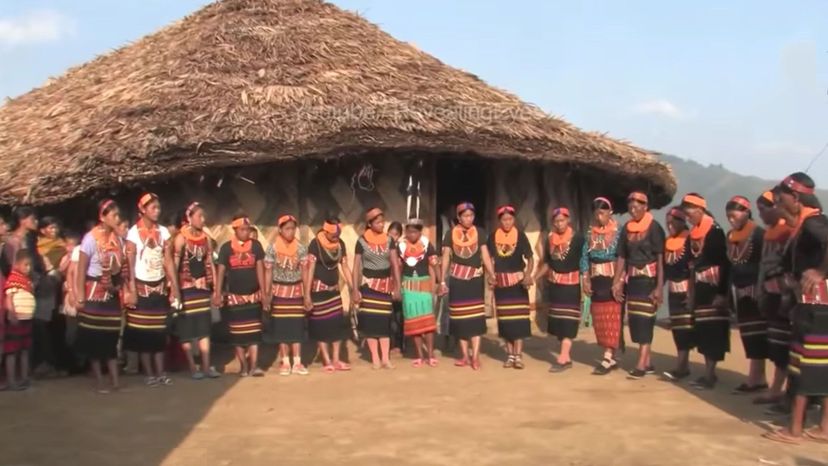
The kurta (a knee-length top) has been one of the traditional attires for both men and women living in India, Pakistan, Nepal, Bangladesh, and even Sri Lanka for centuries. At first, this Indian outfit was for men only, but later it became a regular attire for women as well. The feminine version of this traditional attire is known as Kurti.

The multifunctional scarf popular in the East is a traditional desert head-wear designed to protect the head and neck. In addition to protecting protect the face and neck from sun, wind and sand, it also works great as alternative winter headwear, protecting from snow and strong winds.
Advertisement

A traditional Japanese garment, kimono became one of the hottest trends in the Western world a few years ago. The word "kimono" itself actually means a "thing to wear" but now its used to denote various silk full-length robes.

Hanfu, the pre-17th-century traditional clothing of the Han people, was first mentioned in the Book of Han, where Han dynasty's dresses were described. Han Chinese are still the predominant ethnic group in China.

The tembel hat was once a symbol of hard-working, Zionist Israel. For a long time, it was associated with the cartoon character Srulik, an average Israeli man created by illustrator Dosh. Today, it's considered to be a national symbol of Israel.
Advertisement

A klomp, whole feet shoes from the Netherlands, only look like a thing from the past. In fact, more than 3 million pairs of klompen are made each year. While some of them are sold to tourists, some locals, particularly farmers and gardeners still wear them for everyday use.

Sarafan dresses are still used worldwide for dance performances, ballets, and theaters as well as on weddings, festivals, and folk holiday occasions. While it can be any color, the traditional sarafan is always red, because Russian word "beautiful" comes from the word krasny, which means red in Russian.

Traje de Luces is a special costume for the bullfighting ritual worn by Spanish bullfighters (including toreros, picadors, and rejoneadors). This bright costume is usually richly decorated with gold and silver threads, hence the name.
Advertisement

Hats similar to the modern beret has been worn since the Bronze Age in ancient Crete, many Northern Europe countries, and Italy. For centuries, it was a symbol of artists, but gradually a traditional French hat became a part of the uniform of military and police.

Vyshyvanka is a white soft shirt that contains elements of ethnic embroidery. All vyshyvankas are different: their designs depend on the particular region of Ukraine in which it was made.

The fez hat was named after the Moroccan city Fez, a former capital of the Kingdom of Morocco. In Morocco, it's also known as the "tarboosh." The origins of this hat remain unknown: some claim that it's from ancient Greece; others say it comes from the Balkans.
Advertisement

The Portuguese colonists brought over the tradition of dressing up in costumes to Brazil in the 19th century. The Portuguese word "carneval†has Italian origins and roughly translates as "to put away the meat.â€
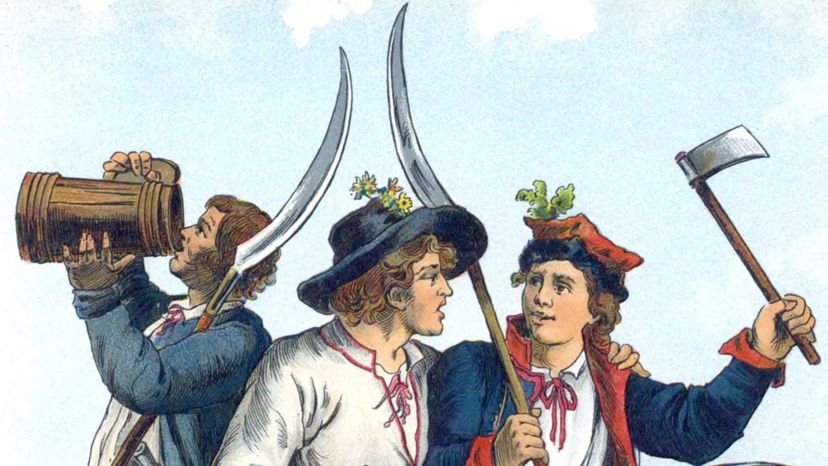
A Krakuska cap is an important part of the national costume of residents of the Polish town of Krakow. This city has a long and interesting history - it was the capital of Poland, a part of Austria, and even an independent state. Of course, all these changes influenced the national costumes.

Also known as a veil or a headscarf, hijab (the word itself means "coverâ€) is an important part of Muslim culture. While hijab is commonly associated with women only, Muslim men also sometimes wear a head covering to show modesty.
Advertisement

The Ottoman Empire had a huge influence on Turkish culture, leaving traces in memories and traditional costumes. The fez, caftan, or ÅŸalvar can tell a lot about the past and the important dates in the Turkish history.

Turbans are not just a type of headwear, they have a great meaning to the followers of Sikhism, the fifth largest world religion! While most followers live in India, there are thousands of Sikhs in the United States.

Chokha (a woolen coat with a high neck) can be seen all across the Caucasus region. A centuries-old piece of traditional clothing, traditionally worn by men only, is still an important part of the national costume.
Advertisement

A sarong is an extremely simple folk costume: basically, it's just a big length of fabric wrapped around the waist. Women in Sri Lanka customarily wear their sarongs every day.

Deel is the national costume on Mongolia, worn by both men and women. In a nutshell, it's a long bright gown that buttons up to the neck. While it can be worn by anybody, men usually add a sash of contrasting color or a cloth belt around the waist.

In Nepal, men still wear traditional clothes like Daura-Suruwal: A Daura is top and the Suruwal is the trousers. The costume is usually worn for the official and religious events in Nepal.
Advertisement

This interesting costume is the oldest traditional wear of the Uzbek women that have been around for centuries. The ankle-long tunic and pants made of satin or bright silk are still the main part of the women's national costume.

A bright huipil is well known worldwide for its beautiful patterns, unique details, and vibrant colors. Indigenous women of Central America and Mexico still wear colorful embroidered blouses.

Nobody really knows where this traditional blouse-dress combination came from. Some claim that the kebaya originated in the Middle East, while others think that it may have come from nearby China.
Advertisement

Every region in Georgia has its own specific design of Chokha - a calf-length, wool coat worn by men only. Georgia's chokhas are strongly linked to a sense of national pride.
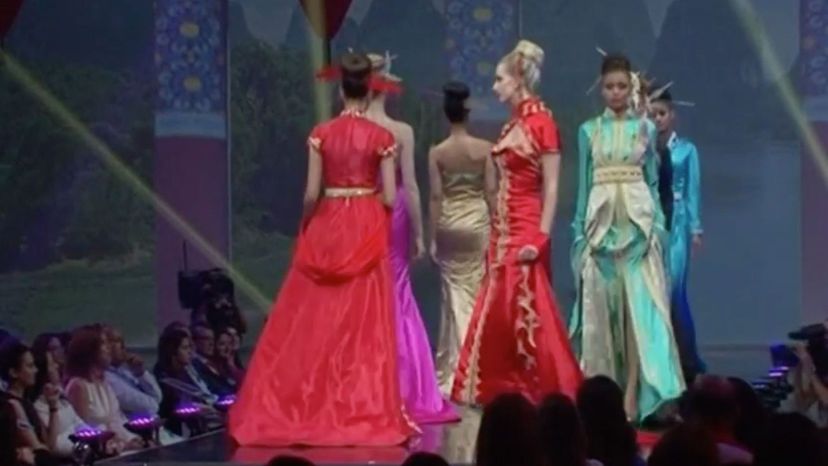
Worn in many countries throughout the world, kaftans have long held a coveted fashion and cultural status. Depending on the materials and decorative details, it can be worn both as an everyday outfit and stylish attire.

Who would think that the Herero women in Namibia still dress as Victorian ladies? The local women love bright, voluminous Victorian-style dresses brought to their country by the German colonists in the twentieth century.
Advertisement

The salwar kameez, also known as the Punjabi suit, is the national dress of women in Pakistan. The outfit traditionally includes a pair of trousers (salwar). a tunic (kameez), and a brightly colored scarf (dupatta), and can be worn by both men and women.

In modern Guatemala, some Mayan women wear European clothes, but the majority of them still prefer the traditional outfits. While their clothes may vary, the long hair wrap, or cinta, always shows what town this woman is from.

Modern women in Latvia still preferred linen shirts, skirts, and traditional woolen shawls that protect them from dampness and cold. A shawl is a simple item of clothing, basically, it's just a piece of fabric that covers the head, shoulders, or both.
Advertisement

Thawb is an ankle-length Arab tunic, usually with long sleeves, similar to a robe. It's usually worn by men and paired with long or short white pants and a sash around the waist.
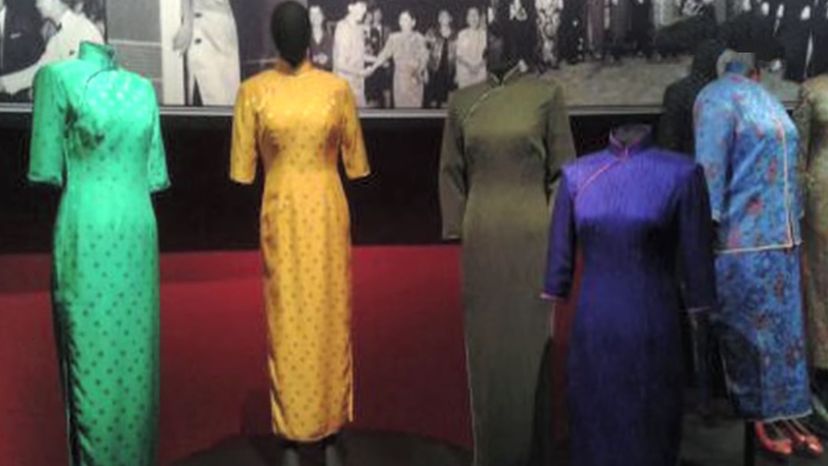
Chinese girls and women still largely prefer to wear traditional clothing. The most popular one is Cheongsam: a long, often foot length dress without sleeves or with cap sleeves only.

Just like in other countries, Greek national clothing can tell a lot about is wearer. Women's traditional dress in Greece is multilayered and consists of items like a vest, an apron, sash called "zonari," and "mandili," a large, colorful scarf.
Advertisement

Tudung is a Malay word that literally means "cover" in English. It's a simple veil or scarf worn by Muslim women in some parts of Malaysia, Singapore and Brunei.